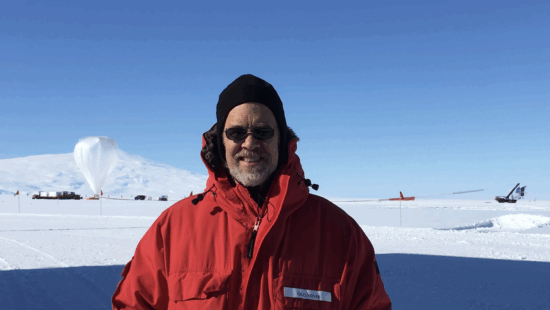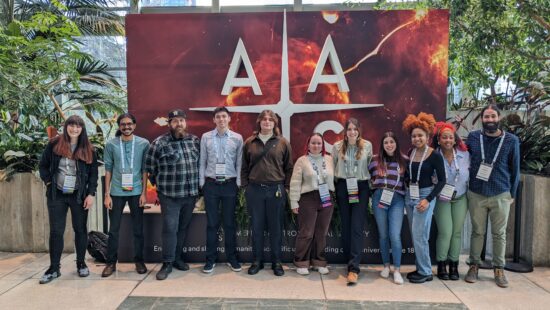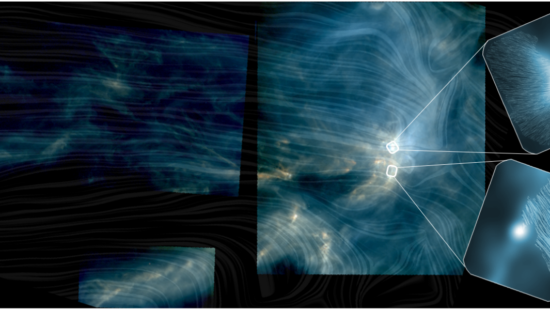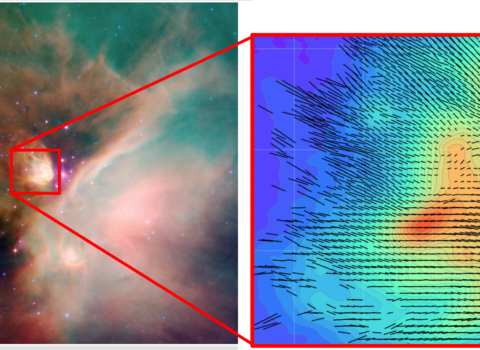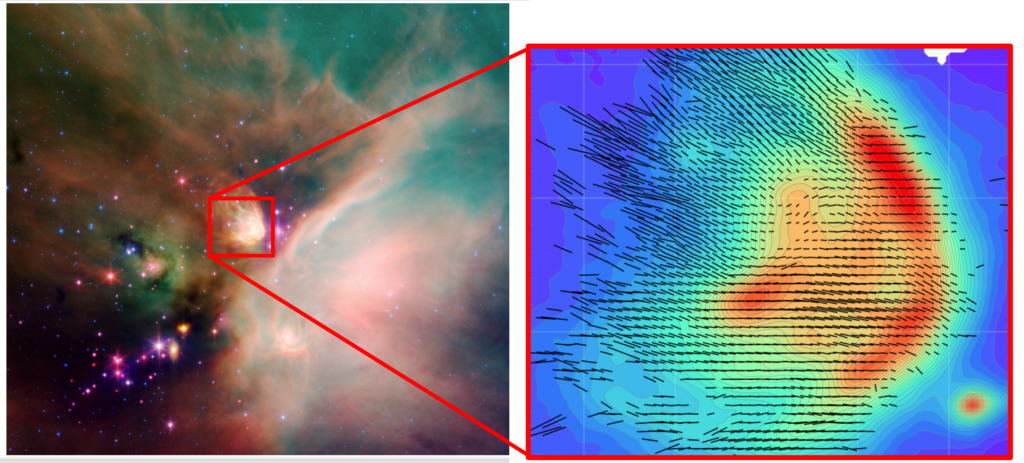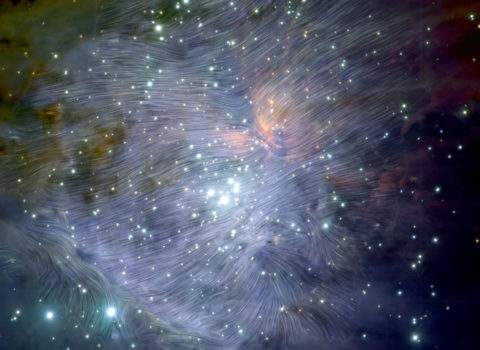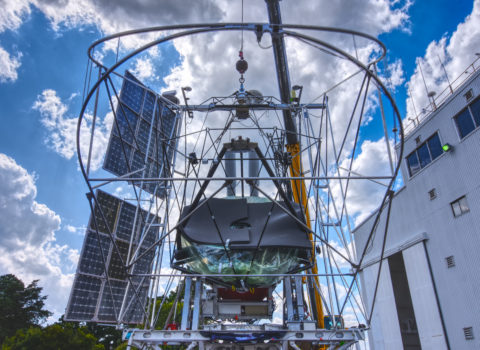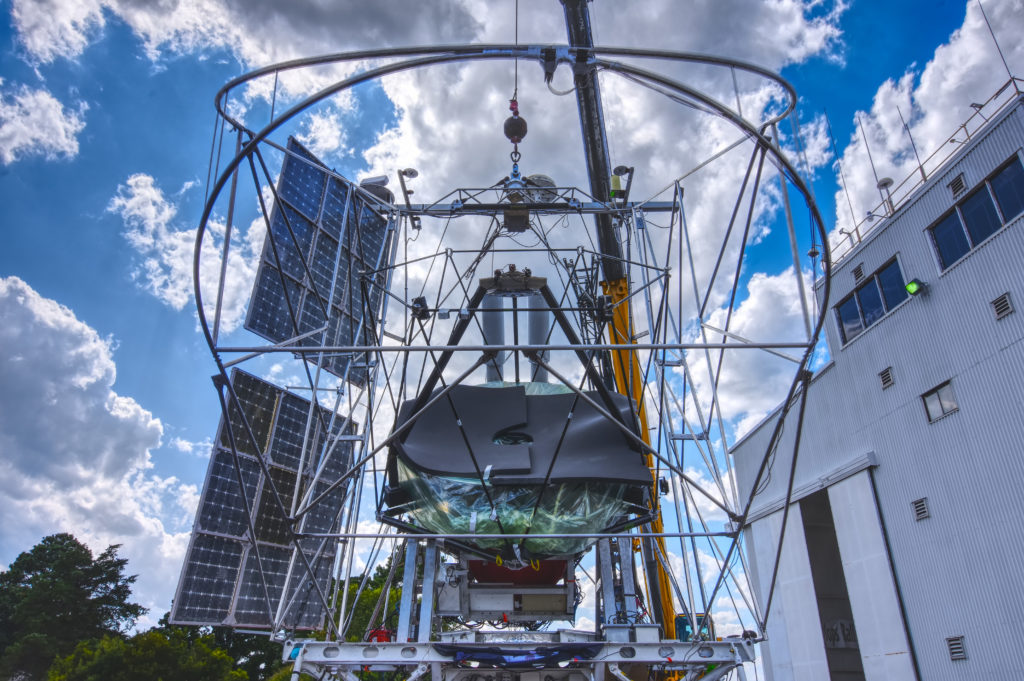
Novak, Giles
Professor, Faculty Director of Northwestern University Research Shop
Professor Novak works in observational astrophysics and astronomical instrumentation. His research group is currently contributing to three instrumentation projects: called TolTEC, HAWC+, and BLAST. All three are aimed at key questions in star formation research: What sets the rate at which new stars and planets are born? What factors determine the masses of stars and the properties of the associated planet-forming disks?
Projects
TolTEC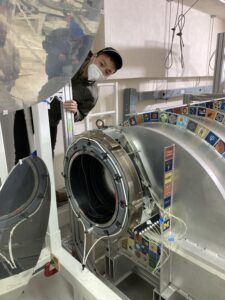
TolTEC is a powerful new camera for the Large Millimeter Telescope (LMT) that sits atop the 15,000-foot Sierra Negra mountain central Mexico. The LMT’s 50-meter diameter makes it the world’s largest telescope for observations at wavelengths near 1 mm. Novak’s group built and is now commissioning the rapid-spinning half-wave plate polarization modulator for TolTEC that will enhance the camera’s polarimetric sensitivity. At Northwestern, Marc Berthoud, Erin Cox, Dennis Lee, and Hailin Wang work on TolTEC. Science goals include testing models for star/planet formation in molecular cloud cores.
HAWC+

L483: NASA/JPL-Caltech/J. Tobin; Vectors: Cox et al. 2022, Chapman et al. 2013
In collaboration with scientists at various universities and NASA centers, Novak’s group developed an infrared camera/polarimeter called HAWC+ for use aboard the Stratospheric Observatory for Infrared Astronomy (SOFIA). With its unique sensitivity to magnetized gas at a wide range of temperatures, HAWC+ allowed studies of multiple stages of star/planet formation. Papers led by Northwestern researchers include Cox et al. (2022) that reports the discovery of a twisted magnetic field in the Bok Globule L483, and Lee et al. (2021) that estimates the gas density for the transition from magnetic dominance to gravity dominance in L1688. At Northwestern, Marc Berthoud, Erin Cox, and Dennis Lee work on HAWC+.
HAWC+ Nasa article HAWC+ Abstract
BLAST
The Balloon-borne Large-Aperture Submillimeter Telescope (BLAST) has flown multiple generations of missions from Antarctica. With BLASTPol, we created what is still the most detailed magnetic field map ever made for a Giant Molecular Cloud (Fissel et al. 2016). In 2020, BLAST-TNG obtained the first MKID observations from a NASA suborbital platform which were used for detector characterization, and we have now proposed BLAST Observatory (Coppi et al. 2024) a major upgrade that will answer key questions regarding dust composition, turbulent energy dissipation, and the role of magnetic fields in star formation. At Northwestern, Erin Cox works on BLAST.


